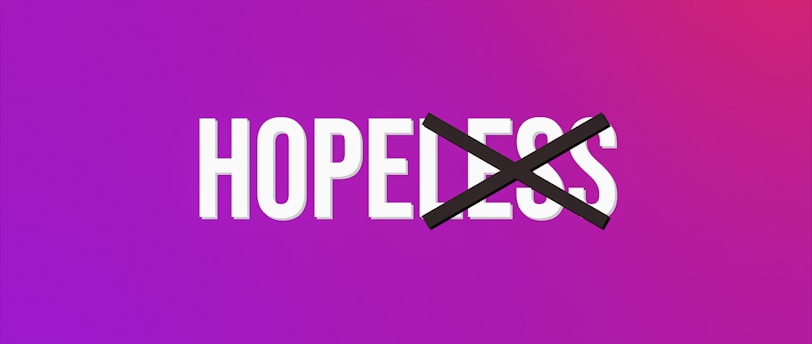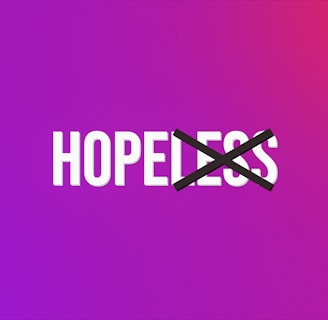Hope Models: A Layman's Guide to Feeling Optimistic
Comparing hope models and developing a hope index.
Khawaja Saud Masud
6/1/20243 min read


Hey there, hope enthusiasts! Ever wondered why some people seem to bounce back from setbacks like they're made of rubber, while others get stuck in a funk? Well, scientists have been poking around in our brains and behaviors to figure out what makes hope tick. Let's dive into five hope models that'll make you go "Huh, that's pretty neat!"
1. Snyder's Hope Theory
Imagine hope as a GPS for your life. That's basically what psychologist Charles Snyder thought up. His model says hope has three parts:
Goals: Your destination
Pathways: The routes to get there
Agency: Your belief that you can drive the car
Takeaway: Hope isn't just wishing on a star - it's about having a game plan and believing you can pull it off.
2. Herth Hope Index
Kaye Herth took a different road. She looked at hope in sick people and came up with three lanes:
Temporality and future: Seeing a light at the end of the tunnel
Positive readiness and expectancy: Being ready to hit the gas when opportunity knocks
Interconnectedness: Having a pit crew (aka support system) to keep you going
Takeaway: Hope isn't a solo journey - your connections and attitude play a big part.
3. Dufault and Martocchio's Hope Model
These folks saw hope as a six-cylinder engine:
Affective: Your emotional fuel
Cognitive: Your mental map
Behavioral: The actions you take
Affiliative: Your co-pilots
Temporal: Your sense of timing
Contextual: The road conditions you're dealing with
Takeaway: Hope is a complex machine with lots of moving parts.
4. Stotland's Hope Theory
Ezra Stotland kept it simple. He said hope is about two things:
How important your goal is
How likely you think you are to reach it
Takeaway: Hope is like a math equation: Importance x Probability = Hope
5. Miller's Hope Inspiration Framework
Wendy Miller looked at hope through a nurse's eyes. She saw it as a process with four stages:
Acknowledging the threat: Realizing you've got a flat tire
Identifying areas of hope: Spotting the spare in your trunk
Using hope-building strategies: Learning how to change a tire
Evaluating hope outcomes: Celebrating when you're back on the road
Takeaway: Hope can be nurtured and grown, even in tough situations.
So, What's the Deal with These Models?
When you look at all these models side by side, you start to see some common threads:
Goals matter: Every model talks about having something to aim for.
Belief is key: You've gotta think you can do it.
It's not just in your head: Actions and relationships play a big role.
Context counts: Your environment and circumstances affect your hope levels.
Building a Better Hope Index
Now, if we wanted to create a Hope Index that captures the full picture, including health and financial stability, we might want to consider these components:
Goal Clarity: How clear are your short and long-term goals?
Perceived Ability: How capable do you feel in achieving these goals?
Support Network: How strong are your relationships and support systems?
Action Orientation: How proactive are you in pursuing your goals?
Resilience: How well do you bounce back from setbacks?
Health Status: How's your physical and mental health?
Financial Stability: How secure is your financial situation?
Environmental Factors: How supportive is your environment in reaching your goals?
To measure this, we could create a questionnaire that addresses each of these areas. The responses could be scored and weighted to give an overall "Hope Score."
Remember, hope isn't just about feeling good - it's about having the tools, mindset, and support to keep moving forward, even when the road gets bumpy. So keep your eyes on the prize, your hands on the wheel, and don't forget to enjoy the ride!
